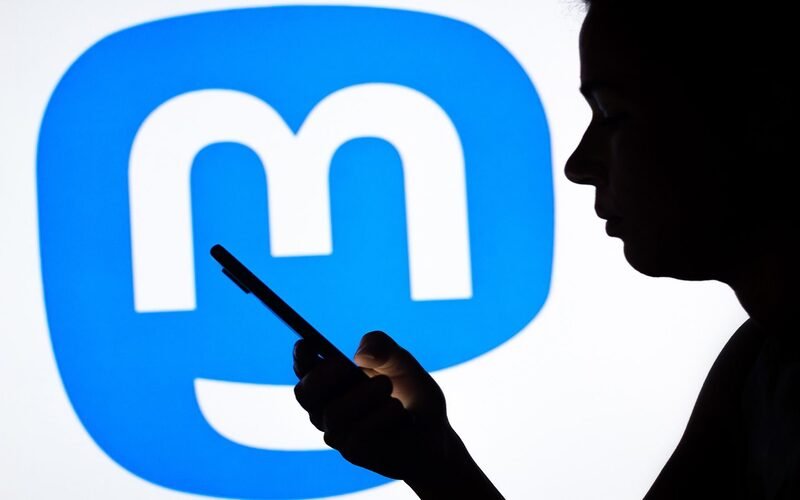The Mastodon social network has recently addressed critical vulnerabilities through a security update, safeguarding millions of users and fortifying the platform against potential exploitation. This comprehensive article sheds light on the vulnerabilities addressed, the potential risks they posed, and the measures taken to mitigate these threats, ensuring the security and stability of the Mastodon network.
Vulnerabilities Unveiled: TootRoot and Beyond
One of the prominent vulnerabilities tackled by the recent security update is the TootRoot vulnerability, CVE-2023-36460. This vulnerability could enable attackers to create arbitrary files and execute remote code, posing a significant threat to the integrity and security of federated instances within the Mastodon network. Exploiting this vulnerability could have compromised server infrastructure and unauthorized access to sensitive data.
Additionally, the security update addressed other critical vulnerabilities, such as CVE-2023-36459. This flaw pertained to the injection of arbitrary HTML in oEmbed preview cards, creating a potential avenue for Cross-Site Scripting (XSS) attacks. The combination of these vulnerabilities underscored the importance of prompt remediation and the necessity of safeguarding the Mastodon network against potential exploitation.
Assessing the Risks: Implications and Impact
While the vulnerabilities were identified, it is crucial to note that there is no evidence of active exploitation thus far. Nevertheless, the potential harm that malicious actors could have inflicted necessitated swift action to fortify the Mastodon network against any possible threats. If left unaddressed, the vulnerabilities could have resulted in unauthorized access, data breaches, and the manipulation of user information.
The Security Update: Strengthening Defenses
Mastodon’s proactive approach to security manifested in releasing a security update to rectify the critical vulnerabilities outlined above. The patching process included the resolution of five vulnerabilities in total, encompassing the TootRoot vulnerability, XSS flaws, and other security concerns. These remedial actions were made possible through penetration testing funded by Mozilla, reflecting the commitment of both Mastodon and Mozilla to ensuring user safety and network integrity.
The Path to Enhanced Security: User Responsibility
While the security update serves as a significant step towards bolstering the security of the Mastodon social network, it is equally essential for users to actively participate in maintaining a secure environment. Users are urged to promptly install the provided updates to their instances, ensuring that the latest security patches are applied. By taking this proactive approach, users contribute to a safer online ecosystem, minimizing the risks posed by potential vulnerabilities and safeguarding their personal information and communication on the Mastodon network.
Conclusion: A Safer Mastodon Network for All
In an era where online security and data privacy are paramount, the Mastodon social network has demonstrated its commitment to user safety by promptly identifying and resolving critical vulnerabilities. The recent security update, driven by collaboration between Mastodon and Mozilla, is a testament to their dedication to fortifying the platform against potential exploitation. By addressing vulnerabilities such as TootRoot and fortifying their defenses, Mastodon aims to provide a secure and reliable platform for its users to engage, connect, and share their experiences.
Remember, a strong and resilient network relies not only on its developers’ vigilance but also on its users’ proactive involvement. By promptly updating their Mastodon instances and prioritizing cybersecurity best practices, users create a safer digital environment for all participants. Together, we can ensure that the Mastodon network remains a trusted and secure space for users worldwide.



































